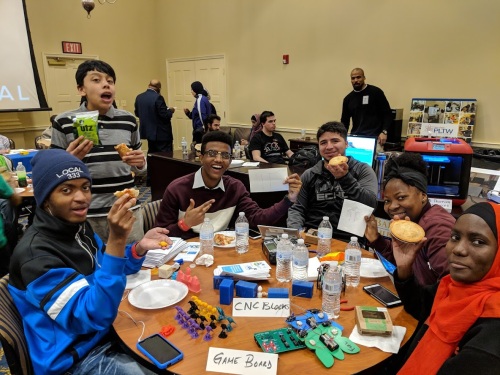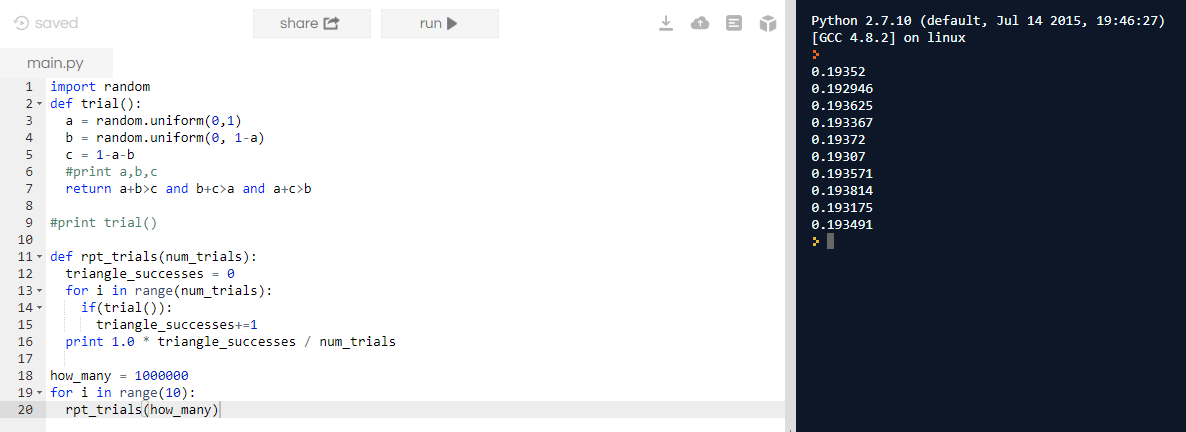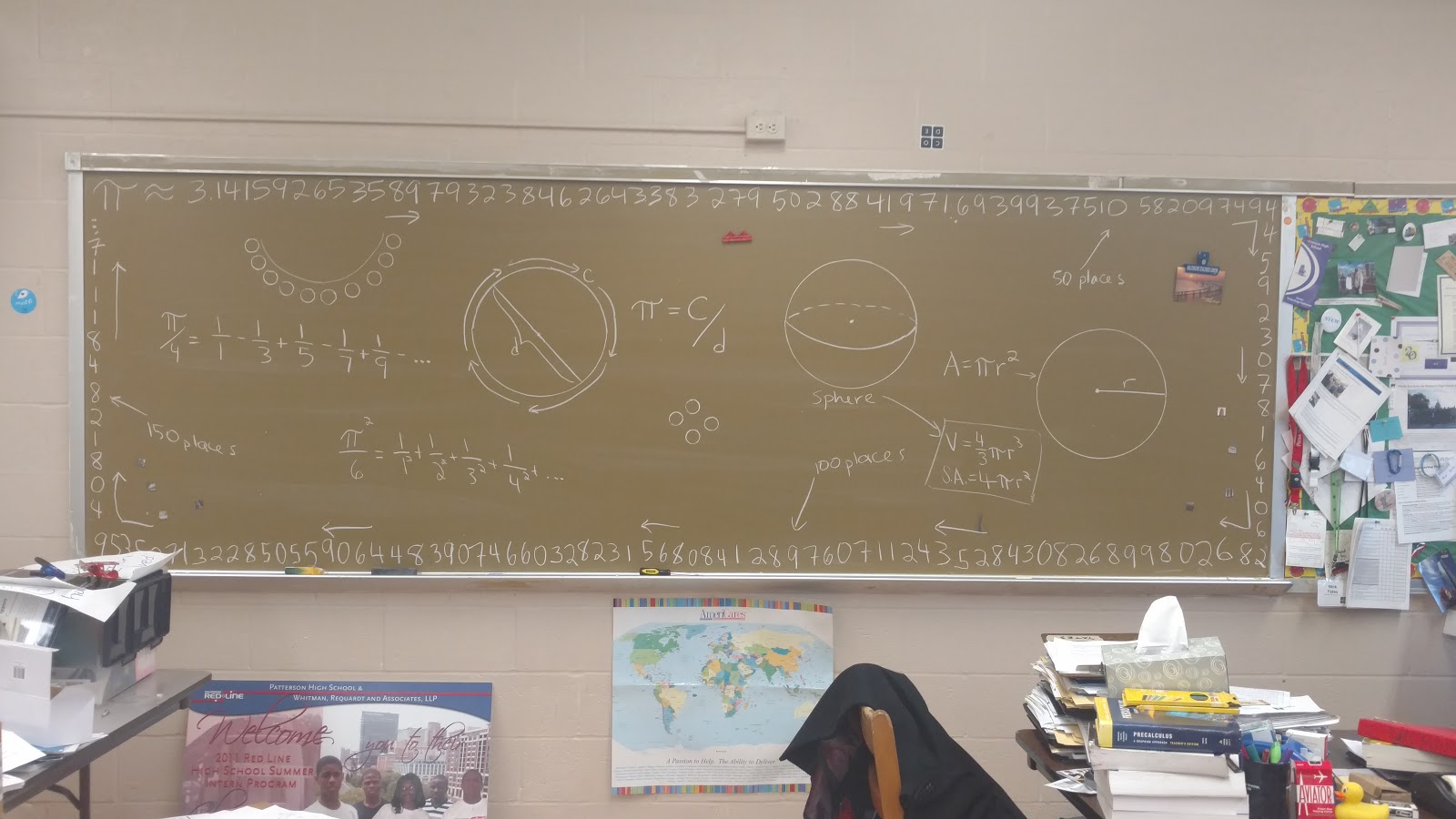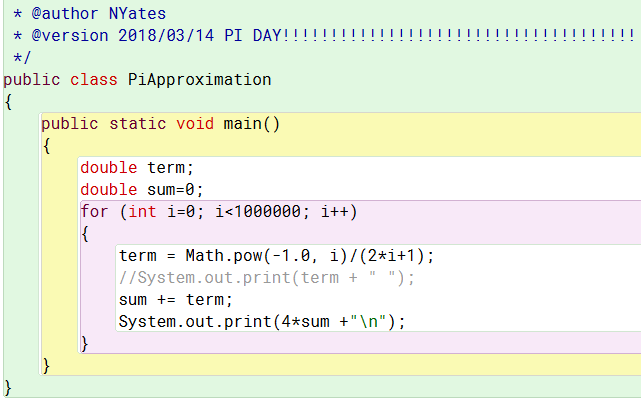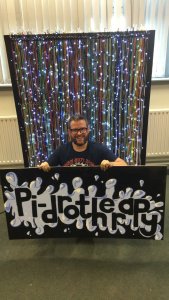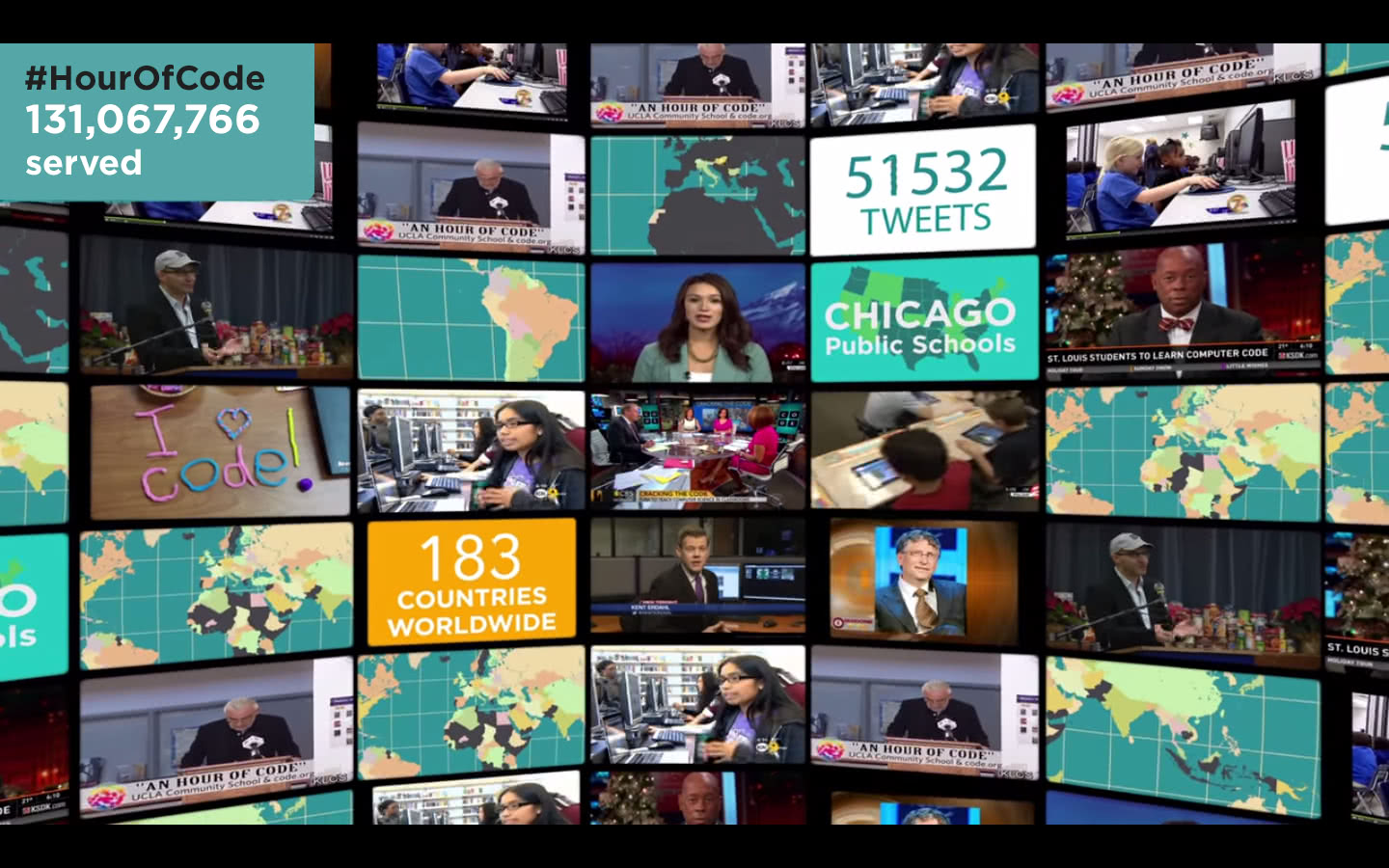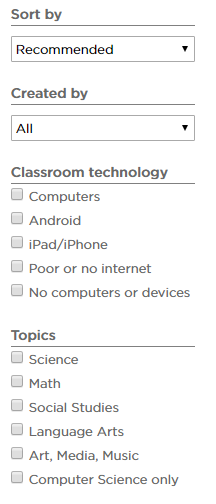Draft of a letter:
Over the past two days, many schools have tried to continue educating students in the midst of very cold temperatures. Students in many rooms had to huddle together in winter coats, hats, and gloves indoors. Some teachers in colder classrooms combined their classes with teachers in (slightly) warmer classrooms, with class sizes thus rising to 50-60 in some places and multiple lessons being taught simultaneously in the same room. Is learning really occurring for the majority of students being taught in frigid rooms, or combined in a classroom with multiple other classes?
Some students’ parents kept them home because they didn’t want their children standing for long periods at a freezing bus stop, being put off the MTA bus to wait for the next one because of overcrowding, or trying to learn in classrooms that were unheated. Other parents pulled their children out of school when they found out the lack of heat, expressing outrage that the Baltimore City Public School System did not itself make the call to close schools, and gave misleading information when they claimed “School buildings were monitored for heat & water issues throughout the holiday break” in a January 1st tweet. Low attendance due to these valid decisions, made looking out for children’s safety and well-being, compounds a pervasive chronic absence problem in Baltimore schools and puts our kids even further behind their peers.
This issue is not new; it has been going on for years.
I call on our leaders in my district, my union, and my state to do the following:
- Advocate for more state and federal funding
- Adopt clear and transparent standards for when schools should be closed due to extreme heat, extreme cold, and other in-building health hazards
- Allow principals more autonomy and authority in making the ultimate decision to close an individual school building
- Adopt contingency plans to provide services (that would normally be provided in school) to families and communities in the event of a school closure
- Improve communications to alert families and communities of an unplanned school closure
I will address each of the above calls in more detail.
At the root of this problem is a severe underfunding problem. In the early 2000s, the Thornton Commission studied the state funding formula and found that, by the Maryland state constitution’s guarantee of an “thorough and efficient System of Free Public Schools”, the Maryland state legislature should be providing $260 million more to BCPSS each year. Even with court rulings, Thornton was never fully funded, so over the past twenty years, Baltimore students and schools have been shortchanged by over three billion dollars, and have not been able to keep up with building repairs and renovations because of this. To fix this problem, I call on our union leaders, our school district leaders, our city leaders, and our state leaders to demand more funding now, not only to bring us up to “adequate” yearly funding based on Thornton (and its successor, the Kirwan commission) now, but also to make up for decades of neglect and crumbling infrastructure.
Additional funding is the only way we can truly rectify the educational harm that is being done to our children. Additionally, as a more immediate way to make sure that our children are not learning in inhumane conditions, I call on our district leaders to adopt the following recommendations, and I call upon our elected union leaders to advocate for these with the district and with the school board.
To begin with, there is little transparency in why the decision is made to close some schools due to lack of heat or water problems, while other schools with equally bad or worse conditions are not closed. I ask that BCPSS set clear and unambiguous standards in writing that dictate when a school’s temperature problems are severe enough to warrant closure of that building. For example, clear wording like:
“If temperatures are below 55 degrees in 25% or more of classrooms, a school will be dismissed. If fewer than 25% of classrooms are below 55, we ask that principals work with teachers to combine classes and/or move learning to warmer parts of the building.”
Similar wording, of course, will be needed for circumstances of extreme heat in un-air-conditioned buildings.
Going hand in hand with this recommendation for a more transparent closure process, we recommend more principal autonomy and authority in making the call to close a school when a temperature or health hazard presents itself. Certainly communication with and consultation with the Facilities and Operations managers at BCPSS headquarters remains essential. But too often in the past, this has taken on an adversarial nature, with district personnel not believing a principal about conditions at their school, arguing that the health hazard is not real, taking hours to come out and measure, only measuring conditions in one or two locations and not where learning actually occurs. While consultation on the best course of action is important, more trust should be placed in principals who are on the ground at the schools to make the best decision for their school community.
Schools are primarily an educational institution, and as such, it is my belief that if weather or health conditions will severely impact the ability of the school to educate its students, school should not be in session. However, as BCPSS CEO Dr. Santelises pointed out in her letter, schools also provide a variety of other services to the community, one of the primary being free meals for students. I ask that BCPSS develop a plan districtwide, and work with schools to develop local community plans, for how some of these services can still be provided even when a school is forced to close due to unsafe or unconducive learning conditions. For example, some school districts allow for pickup of bagged lunches at a school with minimal staffing needs. Another possibility might be partnering with recreation centers, churches, community organizations, public libraries, or local businesses to help distribute food and/or other services.
If the above recommendations are adopted, with clear standards for when conditions at a school warrant closure, granting more authority to principals to make that call, and adopting a contingency plan for providing services, communication with parents and families will also need to be improved to deal with unforeseen closures of individual schools, at potentially later times, and to inform families of locations for other services. One possibility is enlisting teachers and parents in phone trees to help communicate more rapidly.
Sincerely,
Nick Yates



